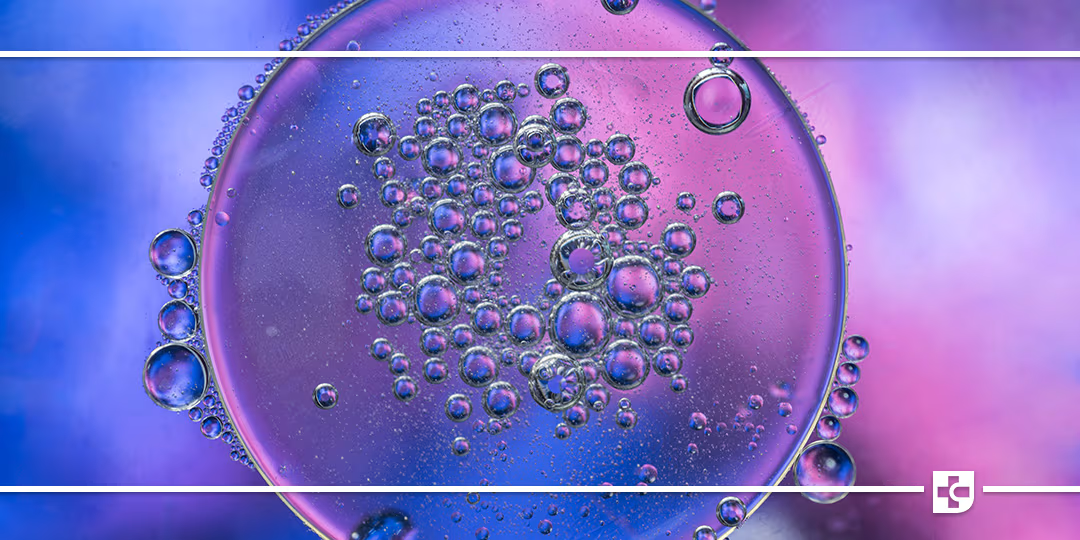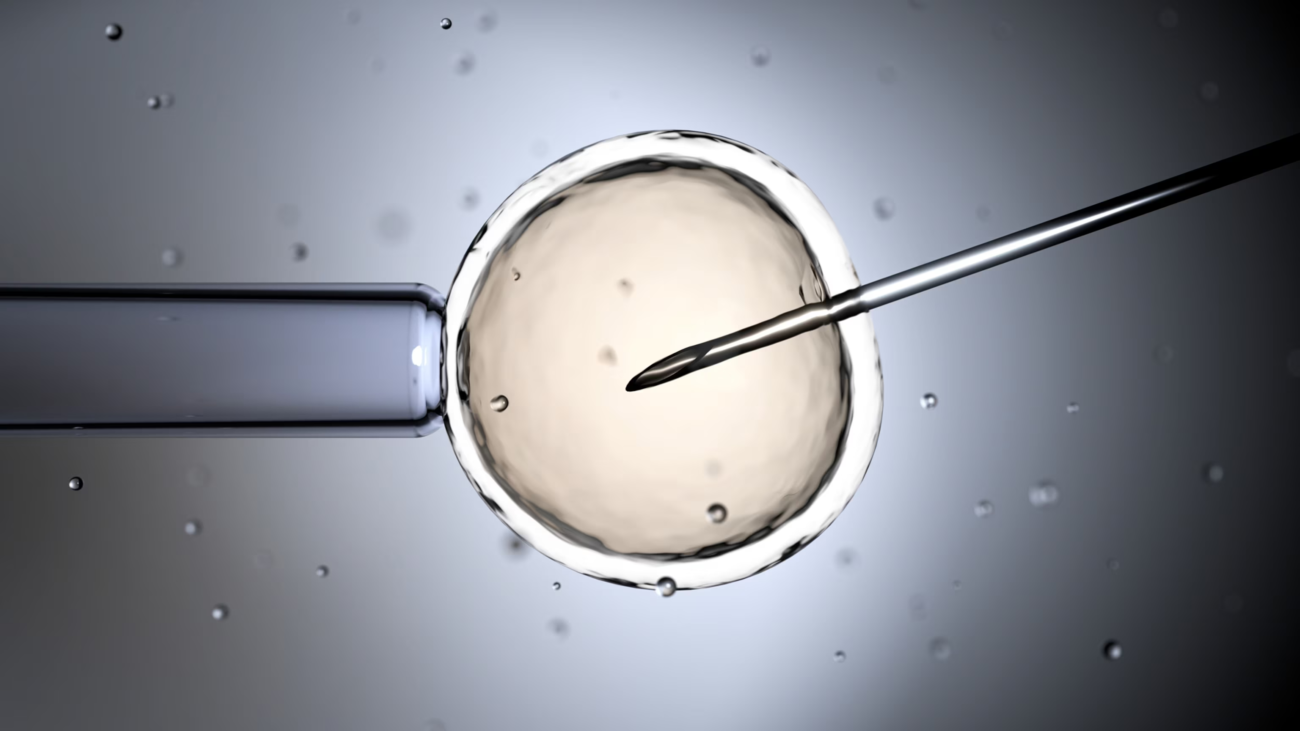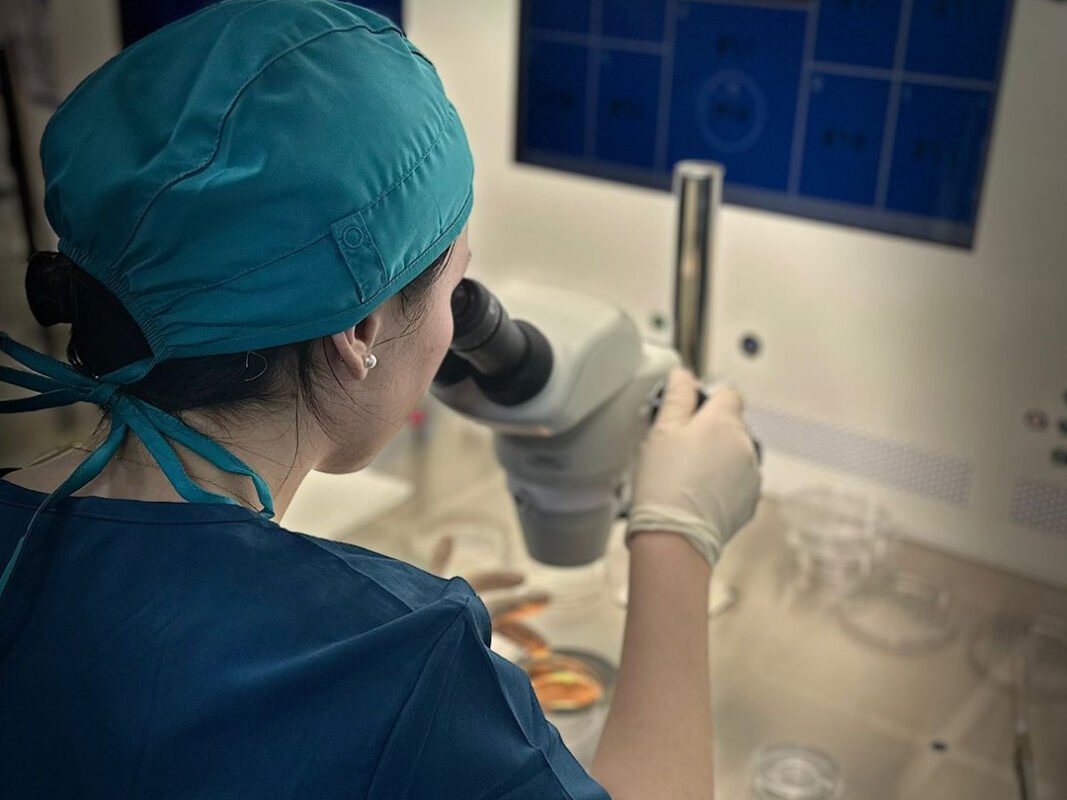Fertility treatments have evolved significantly over the past few decades, with one of the most notable advancements being in the field of cryopreservation. Patients often wonder about the success rate of transfers using frozen embryos, particularly given concerns that the effectiveness might lessen due to the devitrification process involved. This apprehension stems from the historical inefficiency of the ‘slow freezing’ technique used in IVF (in vitro fertilization) labs, particularly in the survival rates of eggs and blastocysts. However, the advent of vitrification has revolutionized embryo cryopreservation, marking a significant shift in outcomes.
The Historical Context: Slow Freezing
Historically, the method of ‘slow freezing’ for embryo preservation in IVF laboratories had significant limitations. This technique involved gradually lowering the temperature of embryos over several hours. While slow freezing was pioneering at its inception, it presented several challenges, especially concerning survival rates during specific developmental stages like eggs and blastocysts. The primary issue with slow freezing was the formation of ice crystals within the cells. These ice crystals could damage the delicate structures of the embryo, leading to lower survival rates post-thaw.
Vitrification: A Technological Leap
The evolution in cryopreservation methods, particularly the introduction of vitrification, revolutionized the landscape of embryo freezing. Vitrification, as an advanced technique, tackles the challenges posed by ice crystal formation during freezing. Unlike slow freezing, vitrification involves the rapid cooling of embryos at an ultra-fast rate, preventing the formation of ice crystals. This process utilizes high concentrations of cryoprotectants, which replace intracellular water and protect cellular structures, ensuring the preservation of embryonic integrity.
The Science Behind Vitrification
Vitrification works by transforming the water within cells into a glass-like state without forming ice crystals. The process involves:
- Cryoprotectants: These are substances used to protect biological tissue from freezing damage. In vitrification, a combination of permeating (such as dimethyl sulfoxide) and non-permeating (such as sucrose) cryoprotectants are used.
- Ultra-Rapid Cooling: The embryos are cooled at a rate of approximately -15,000°C per minute, which is fast enough to avoid ice crystal formation.
- Glass-Like Solidification: Instead of forming ice, the water within the cells solidifies into a glass-like state, preserving the cells’ structural integrity.
This method has proven to be highly effective, ensuring nearly 100% survival of high-quality embryos post-thawing and comparable pregnancy rates to fresh transfers.
Types of Frozen Embryos
Embryos can be frozen at different stages and for various reasons. Understanding the types of frozen embryos can provide insight into the role vitrification plays in modern fertility treatments.
- Embryos from IVF or ICSI Cycles
- Following egg retrieval and fertilization through IVF or ICSI (intracytoplasmic sperm injection), embryos are cultured until they reach the blastocyst stage by the fifth day. Among these, one is often chosen for immediate transfer, while others are cryopreserved.
- Reasons for freezing may include unsuitable hormone levels in the patient, which could affect the likelihood of a successful pregnancy, or other risk factors that necessitate postponing the embryo transfer.
- Embryos with Genetic Diagnosis or Screening
- Preimplantation Genetic Diagnosis (PGD) and Preimplantation Genetic Screening (PGS) are advanced techniques used to identify genetic abnormalities in embryos.
- To perform genetic studies, cells are biopsied from the embryo and analyzed. The embryos are then frozen until the results are available, allowing for the transfer of the genetically optimal embryo.
The Success of Vitrification
When correctly executed, vitrification ensures nearly 100% survival of high-quality embryos post-thawing. These embryos exhibit comparable pregnancy rates to fresh transfers, affirming vitrification as a secure method to preserve embryos and eggs. Studies have shown that pregnancy rates with vitrified embryos can be as high as those with fresh embryos, with some research even suggesting slightly higher success rates due to the improved synchronization of the embryo with the uterine environment.
Benefits of Vitrification
- Higher Survival Rates: Vitrified embryos have a significantly higher survival rate post-thaw compared to those preserved via slow freezing.
- Increased Pregnancy Rates: The pregnancy rates using vitrified embryos are comparable to, and in some cases higher than, fresh embryo transfers.
- Flexibility and Convenience: Vitrification allows for more flexibility in scheduling embryo transfers, making it easier to optimize the timing for the best possible outcomes.
- Enhanced Safety: The rapid freezing process reduces the risk of ice crystal formation, which can damage cells and reduce the viability of the embryos.
Clinical Outcomes and Future Directions
The transformation from ‘slow freezing’ to vitrification in embryo cryopreservation has been pivotal in enhancing the success rates of frozen embryo transfers. This shift has made fertility treatments more efficient and effective, providing patients with improved chances of achieving successful pregnancies.
As technology advances, ongoing research aims to further refine cryopreservation techniques. Future directions include:
- Improving Cryoprotectant Formulations: Developing new and improved cryoprotectants that are even more effective and have fewer potential side effects.
- Optimizing Vitrification Protocols: Fine-tuning the vitrification process to enhance efficiency and outcomes further.
- Personalized Cryopreservation Strategies: Tailoring cryopreservation techniques to individual patients’ needs, improving success rates even more.
In conclusion, the shift from ‘slow freezing’ to vitrification in embryo cryopreservation has revolutionized fertility treatments. Vitrification’s ability to mitigate ice crystal formation and maintain cellular integrity has significantly improved the viability and success rates of frozen embryos. This advanced technique ensures that embryos, whether surplus from IVF cycles or involved in genetic screening, are preserved safely and effectively. As the field continues to evolve, vitrification remains a cornerstone of modern fertility treatments, offering hope and enhanced treatment opportunities for patients worldwide.














